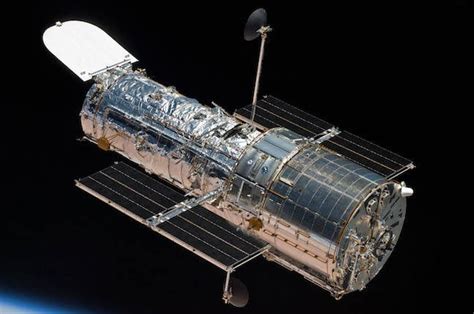As the Hubble Space Telescope enters its 34th year of operation, NASA has yet again demonstrated its formidable ingenuity by enabling the telescope to capture images using just a single gyroscope. This impressive feat, achieved through careful calibration and updated software, prolongs Hubble’s service life, allowing the scientific community to continue reaping the benefits of its unparalleled observations. The transition to single-gyro mode is more than just a testament to the versatility of the engineers and scientists at NASA; it underscores the importance of adaptability and precision in space exploration. Operating with a single gyro isn’t merely a fallback option; it’s a sophisticated, meticulously planned solution designed to maximize Hubble’s utility well beyond its original expected lifespan of 15 years.
One of the primary concerns when downgrading from multiple gyroscopes to a single gyro is the potential impact on the telescope’s resolution and maximum exposure time. Users, understandably, are curious about the trade-offs in image quality and observation capabilities. It’s been clarified that while the steadiness in one-gyro mode is comparable to that achieved with a full trio of gyroscopes, there are indeed limitations. A minor decrease in efficiency is observed, with approximately 12% more time required for the telescope to lock onto a target. Interestingly, when the fields of view of the fixed head star trackers are blocked by physical obstructions like Earth or the moon, the telescope must shift further in its orbit to regain a clear line of sight, thus reducing the net observation time.
The changes to operational efficiency are not the only adjustments NASA had to make. Hubble’s scientific repertoire is now somewhat constrained; it can no longer track fast-moving objects closer to Earth than the orbit of Mars, due to the limitations posed by the reduced number of functioning gyroscopes. Additionally, the portion of the sky that Hubble can observe at any given moment is slightly diminished, reducing its versatility in capturing transient events such as supernovae or planetary impacts. Despite these constraints, the potential productivity drop of around 20 to 25% is a small price to pay for extending Hubble’s operational life and continuing its legacy of discovery.
The reaction to Hubble’s ongoing mission has been one of awe and respect. Many point out that a telescope launched with a 15-year service life expectation has now been operational for more than double that time, a testament to both the original design’s robustness and NASA’s maintenance efforts. Historical context adds to the awe; back in the 90s, Hubble faced challenges that initially painted it as a failure due to flaws in its primary mirror. Over time, through meticulous reparations and upgrades, Hubble transformed into one of the most successful and prolific scientific instruments of our time.
It’s a remarkable achievement that a device containing technology from the 1980s, such as the i486 microprocessor, is still at the forefront of astronomical research today. In contrast, personal computer users from that era struggled to run pioneering software like Doom due to memory constraints. This stark juxtaposition highlights not only the advances in technology but also NASA’s ability to optimize and adapt older technology for cutting-edge applications. Moreover, the software and algorithms employed for maintaining Hubble’s functionality are akin to the complex control systems that might run on a much simpler microcontroller if it were only a matter of guiding basic mechanical parts.
Discussion within the scientific and tech community points to the economic and bureaucratic constraints that NASA operates under. Comparisons to companies like Meta and ByteDance, which have significantly larger budgets for what could be considered less impactful societal contributions, paint a picture of NASA doing much with little. If NASA had even a fraction of the funding allocated to national defense, the advancements in space exploration could be astronomical. Yet, the reality is that NASA must continually innovate within its constraints, turning potential setbacks into opportunities for further advancement.
There’s also speculation about utilizing newer technologies, such as MEMS (micro-electromechanical systems) gyros found in modern smartphones. However, the precision required for space applications significantly outstrips what is available in consumer electronics, demanding highly accurate instruments like Hemispherical Resonator Gyroscopes (HRGs). Examples like the failure of gyroscopes and reaction wheels in spacecraft point to the delicate balance between innovation and reliability—a balance NASA routinely navigates.
The future of space exploration includes private-sector involvement with proposals from entrepreneurial figures like Jared Isaacman, who offered to fund a mission to service Hubble. NASA’s cautious approach, balancing the risks and rewards of such collaborations, suggests a prevailing philosophy that values the preservation of existing capabilities while exploring new methodologies. Whether through public initiatives or private partnerships, the ongoing story of the Hubble Space Telescope serves as a beacon of human resilience and the relentless pursuit of knowledge.


Leave a Reply